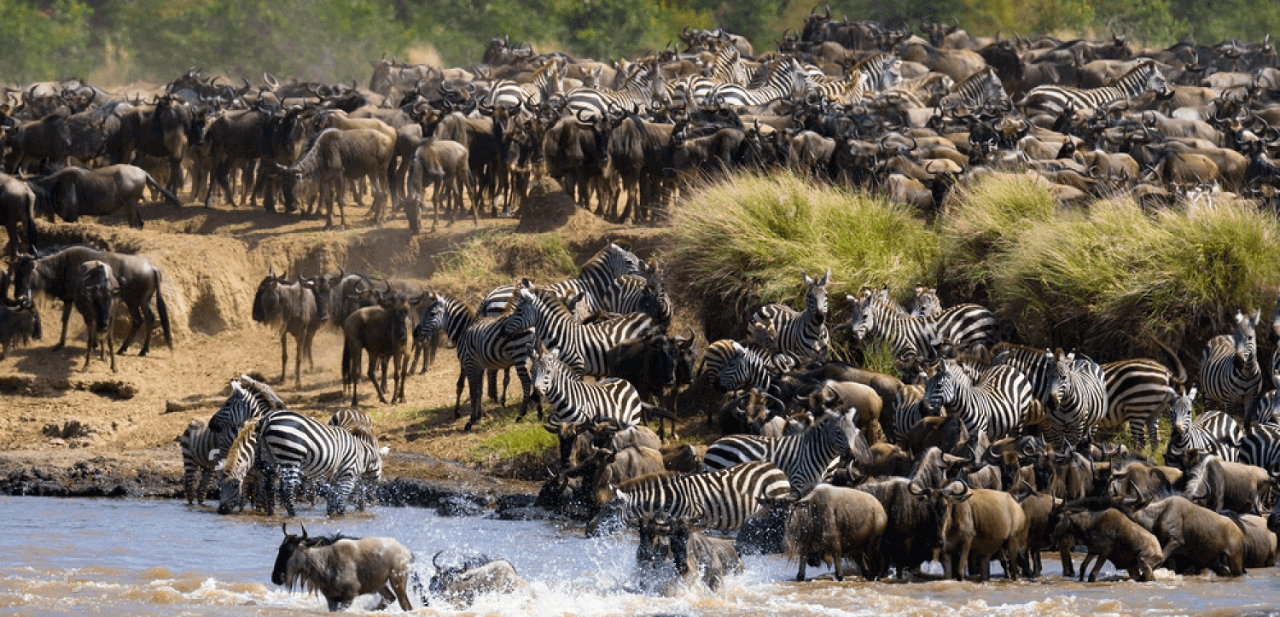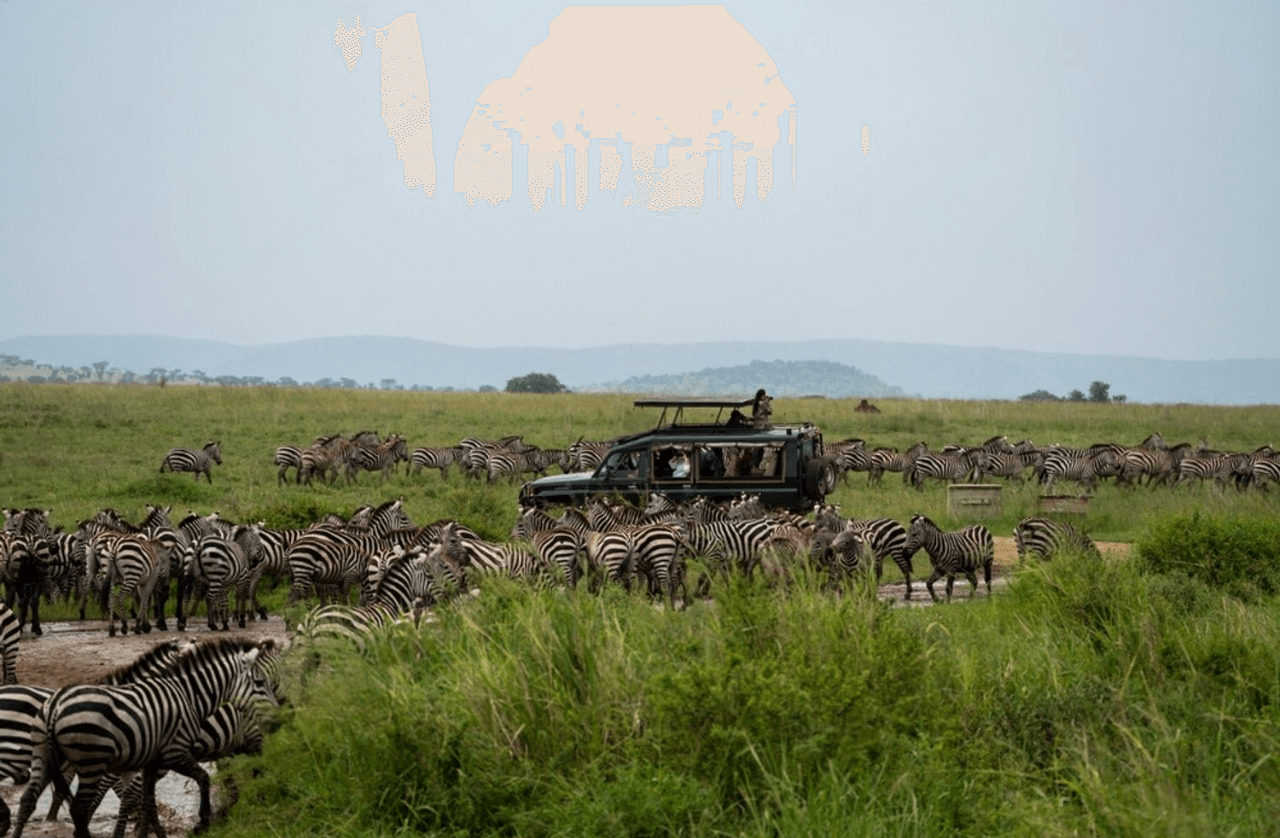Best Time to Visit Serengeti National Park
Best Time to Visit Serengeti National Park
If you’re thinking of embarking on a safari adventure, the Serengeti National Park should be at the top of your list. Known for its spectacular wildlife and breath-taking landscapes, this park offers an unforgettable experience for nature lovers. However, it’s important to choose the best time to visit the Serengeti to make the most of your trip.
The best time to visit the Serengeti National Park is during the dry season, which generally falls between June and October. During this time, the animals congregate near water sources, making it easier for visitors to witness incredible wildlife interactions. Additionally, the weather is mild, with pleasantly warm temperatures and minimal rainfall.
For budget-conscious travelers, the shoulder seasons of April to May and November to mid-December offer more affordable safari packages and accommodation rates. However, keep in mind that these periods are characterized by short rains, which can affect animal sightings and road conditions.
In this article, we will explore the best time to experience the Great Migrations, focusing on both the dry season and the low season (green season), and explain why it is crucial to visit during these periods.

Dry Season: Witness the Drama of the Great Migrations
(June to October) During the dry season, from June to October, Serengeti National Park hosts a magnificent display of the Great Migrations, considered one of the most astonishing wildlife spectacles on earth. Here’s a monthly breakdown of what you can expect:
June: The Great Migration Begins
June marks the start of the Great Migration as millions of wildebeest, zebra, and gazelle begin their journey towards the northern Serengeti in search of fresh pastures. Witnessing this incredible sight is a once-in-a-lifetime experience.
July-August: The Iconic Mara River Crossing
In July, the migrating herds reach the Mara River, where they face their biggest challenge – crossing this treacherous obstacle, infested with crocodiles and strong currents. The dramatic moments of bravery and survival make July an ideal time for safari enthusiasts.
September: Witness Predator Action
September is a prime time to witness predator activity. With an abundance of prey available, predators such as lions, cheetahs, and hyenas, put their hunting skills to the test, creating thrilling encounters for safari-goers.
October: Reaching Masai Mara in Kenya
Towards the end of the dry season, vast numbers of animals cross into the Masai Mara in Kenya, in search of fresh grazing lands. Witnessing the culmination of the Great Migrations and the incredible teamwork between species is a rewarding experience.

Low Season (Green Season): An Alternative Safari Experience (November to May)
While the dry season is renowned for the Great Migrations, the low season, also known as the green season, offers a unique and different perspective of Serengeti National Park. Here’s why you should consider visiting during this period:
November to December: Lesser Crowds, Flourishing Landscapes
During November and December, visitor numbers are lower compared to the peak season, allowing you to enjoy a more exclusive and immersive safari experience. The landscapes are adorned with lush greenery, and bird lovers can delight in the increased avian activity.
January to February: Calving Season and Predator Encounters
January and February mark the calving season in the South Serengeti. Witnessing the birthing of wildebeest calves as they take their first steps is a heartwarming experience. Additionally, predators capitalize on the abundance of vulnerable newborns, leading to thrilling wildlife encounters.
March to May: Birding Bonanza and Exclusive Offers
The green season is a haven for birding enthusiasts, as migratory birds arrive, adding to the already diverse resident bird species. Furthermore, accommodations often offer discounted rates during this period, making it an ideal time for budget-conscious travelers.

Why Choose the Best Time of Year for Safaris
Now that we have discussed the different seasons in Serengeti National Park, here are a few compelling reasons to visit during the best time:
- Witness the Extraordinary Great Migrations: The mesmerizing sight of millions of animals on the move, braving formidable obstacles, is an experience unlike any other. Planning your visit during the dry season allows you to witness this extraordinary natural phenomenon.
- Optimal Wildlife Viewing: Visiting during the best time increases your chances of encountering a diverse range of wildlife. Whether it’s fierce predator-prey interactions or the gentle grazing of herds, witnessing these moments will create lifelong memories.
- Photographers’ Paradise: The vibrant landscapes, dynamic wildlife interactions, and breathtaking sunrises and sunsets in Serengeti National Park provide an abundance of photographic opportunities. The best time to visit ensures optimal lighting and stunning backdrops.
- Reduced Risk of Rainy Season Disruptions: The dry season offers a more reliable safari experience, avoiding potential disruptions from heavy rainfalls that may occur during the green season. This ensures that you can make the most of your time in the park.
Safaris in Serengeti National park
Experience the wildlife of Serengeti National Park on an incredible safari adventure! Get up close and personal with lions, elephants, giraffes, and more in their natural habitats. Don’t miss out on this once-in-a-lifetime experience. Book your Serengeti safari today and create memories that will last a lifetime.
Ready to Book your Serengeti Safari?
Our team of Tanzanian Safari Experts has more than 15 years of firsthand experience and knowledge in traveling Tanzania. Contact us now to create the perfect tailor-made itinerary that fulfills all your preferences and requirements. Read our TripAdvisor Reviews

